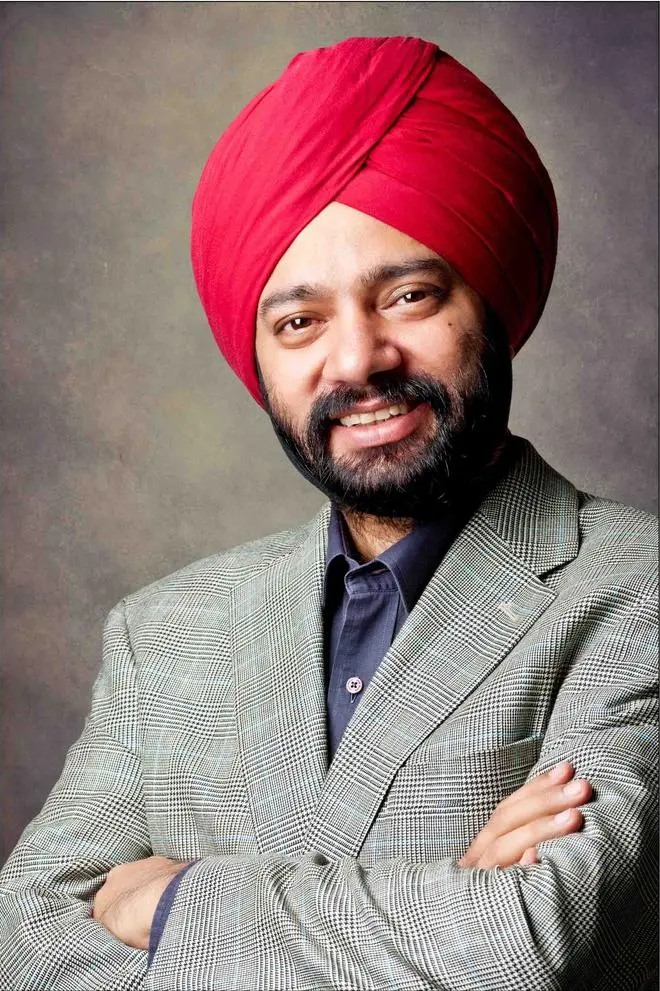Extracted from Chapter 1 of How Leaders Decide: Tackling Biases and Risks in Decision-making by Harjeet Khanduja. Published with permission from SAGE Publications

Harjeet Khanduja
Management literature says “Compare the alternatives and select the best alternative”.
This sounds deceptively simple. Anyone can choose between two alternatives and still have a 50 per cent probability of success. At that point, it’s as good as a coin toss. There are two problems with this approach.
Firstly, decision making is not mathematics. A question that I still remember being asked in my childhood was that if 4 people can make a wall in 10 days, how many people will it take for them to build it in 5 days? The answer, intuitively, was 8 people. This might be sound mathematics, but at no point did we consider the process of building a wall. In reality, 9 days could have gone in taking the government’s permission and the wall could have been constructed in a single day.
Secondly, real life does not give alternatives on a plate. Suppose you are a CEO of a multibillion-dollar organisation. Sales are stagnant. You get two options. Give a 20-30 per cent discount to the customers or invest the same money in an advertising campaign. Which one will you choose?
Suppose you go with the first option. You give a 30 per cent discount and only your existing customers buy your product. You end up bringing the revenue down by 30 per cent. Maybe you go with the second option. You spend money on advertising, and sales do not increase. That’s all that money burnt right there. Now, which one will you choose? Which risk will you take?
There could be a third option. Your distributor margins are low. Perhaps, if you increase the distributor margin, that might increase sales. There can be many options which aren’t even brought to the table and have the potential of increasing sales. Decision making is often not about choosing an option. It is about sensing an alternative which is not on the table, which can solve the problem, however, seemingly bizarre the solution may sometimes be.
Let’s elevate the stakes for this problem. Imagine it’s 2012, and you are making this decision for Nokia. None of the above options will work because the market has moved to superior products, and your product division hasn’t caught up to this new trend of smartphones. The decision to invest in upgrading the operating system and functionality of Nokia phones should have been taken 5 years ago, when the iPhone was announced.
Nokia is a classic case. Nokia had 50 per cent market share of all phones even after the launch of Apple in 2007. In just six years, Nokia’s market share went down by 90 per cent and the division was acquired by Microsoft in 2013. One wrong decision and a great company like Nokia disappeared from the mobile phone market.
Organisation decision making is not easy. What makes organisation decision making difficult?
Sensing makes Organisation Decision Making difficult
John and his wife Alice Marriott started a root beer stand during the hot summer in Washington in 1927. Food naturally became part of the menu with the root beer. They eventually opened their own restaurant and then a series of Hot Shoppe restaurants. They were a flourishing business in the 1950s.
In 1957, Marriot saw that the administration under US President Eisenhower was building public highways. They sensed the opportunity that all these people who were building highways would need a place to stay. That is when the Marriott group opened its first motel. Today, Marriott is the largest hotel chain in the world by the number of available rooms. It has 30 brands in 131 countries and territories. If someone could have presented this alternative to other business houses, they would have surely made the same decision.
Decision making is about sensing opportunities.
The million-dollar question, then, is how to sense opportunities? The answer is simple. Whenever Political, Economic, Social or Technological (PEST) factors change around business, it is a good time to evaluate the business strategy and sense new opportunities. This can be done by doing competition analysis. Pepsi sensed the opportunity of bottled water as a mass market product and started a bottled water business in 1994 in India. Coca Cola did not sense it. However, they saw the success of Pepsi and moved into the bottled water business in 1999.
But sensing opportunities is not sufficient.
Sensing risks and threats is equally important for decision making. Within a few months of the pandemic, Airbnb bookings dropped by 70 per cent and its valuation came down to half. Airbnb sensed this threat. Instead of waiting for the pandemic to get over, it took a decision to scale down its dependency on the travel accommodation business and refocused on their core long-term rental business. This brought them back in the business. Airbnb is now expected to be the most valued hospitality company in the world.
Decision-making is about sensing risks as well.
Finally
Organisation decision making is different from just looking at a set of options and selecting the best one at hand. It is about sensing the alternatives that aren’t even presented sometimes. (L)earn more by reviewing the book for insights, tips and techniques for improving your decision-making skills.
Check out the book on Amazon here








Comments
Comments have to be in English, and in full sentences. They cannot be abusive or personal. Please abide by our community guidelines for posting your comments.
We have migrated to a new commenting platform. If you are already a registered user of TheHindu Businessline and logged in, you may continue to engage with our articles. If you do not have an account please register and login to post comments. Users can access their older comments by logging into their accounts on Vuukle.